Honeysuckle bushes - hoping just maybe we'll see growth?
janicej03
7 years ago
Featured Answer
Sort by:Oldest
Comments (36)
gardengal48 (PNW Z8/9)
7 years agojanicej03
7 years agoRelated Professionals
Lakewood Landscape Architects & Landscape Designers · Wareham Landscape Architects & Landscape Designers · Avocado Heights Landscape Contractors · Lynchburg Landscape Contractors · Monterey Landscape Contractors · Dayton Window Contractors · Hudson Window Contractors · Sarasota Window Contractors · American Fork Decks, Patios & Outdoor Enclosures · Asheville Decks, Patios & Outdoor Enclosures · Baton Rouge Decks, Patios & Outdoor Enclosures · Bloomington Decks, Patios & Outdoor Enclosures · Canton Decks, Patios & Outdoor Enclosures · Mastic Decks, Patios & Outdoor Enclosures · Racine Decks, Patios & Outdoor Enclosuresfloral_uk z.8/9 SW UK
7 years agojanicej03
7 years agofloral_uk z.8/9 SW UK
7 years agojanicej03
7 years agoLogan L Johnson
7 years agoindianagardengirl
7 years agosam_md
7 years agogardengal48 (PNW Z8/9)
7 years agojanicej03
7 years agofloral_uk z.8/9 SW UK
7 years agojanicej03
7 years agoEmbothrium
7 years agolast modified: 7 years agojanicej03
7 years agoEmbothrium
7 years agojanicej03
7 years agoNHBabs z4b-5a NH
7 years agoLogan L Johnson
7 years agojanicej03
7 years agoEmbothrium
7 years agolast modified: 7 years agoMike McGarvey
7 years agoEmbothrium
7 years agolast modified: 7 years agoSara Malone Zone 9b
7 years agoLogan L Johnson
7 years agoMike McGarvey
7 years agoLogan L Johnson
7 years agoEmbothrium
7 years agoSara Malone Zone 9b
7 years agoLogan L Johnson
7 years agofloral_uk z.8/9 SW UK
7 years agoMike McGarvey
7 years agoEmbothrium
7 years agolast modified: 7 years ago
Related Stories
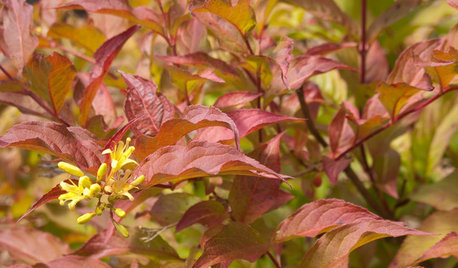
GARDENING GUIDESGreat Design Plant: Northern Bush Honeysuckle, a Bronze Beauty
It helps control erosion and takes sun or shade. The butterflies love it. But the best part of this shrub may be the vivid foliage
Full Story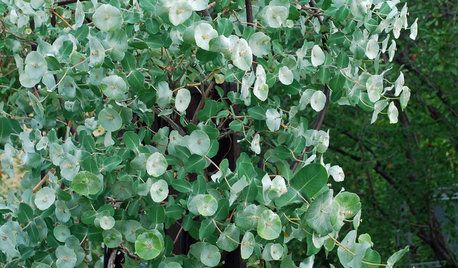
BLUE AND GRAY FOLIAGEGreat Design Plant: Kintzley's Ghost Honeysuckle
Looking for a versatile plant with beautiful color and texture? This unusual honeysuckle may be just the ticket
Full Story
LANDSCAPE DESIGNSee 5 Unexpected Ways to Use Vines
Vines can grow over slopes, trail off pergolas and add seasonal color to the garden
Full Story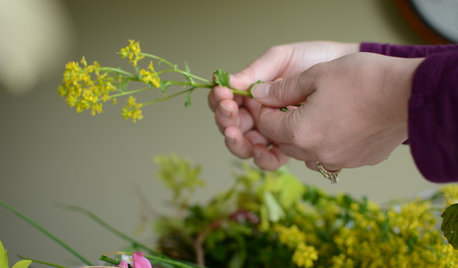
GARDENING GUIDESThe Quotable Garden: Writings That Will Grab Your Heart
Maybe you’ll see yourself in these reflections. Or maybe you’ll find a whole new way of looking at gardening
Full Story
CONTAINER GARDENSPatio-Perfect Berry Bushes Like You’ve Never Seen
Small enough for pots but offering abundant fruit, these remarkable bred berries are a boon for gardeners short on space
Full Story
GARDENING GUIDES6 Plants That Beat Butterfly Bush for the Wildlife Draw
It's invasive, a nonnative and a poor insect magnet. Check out these better alternatives to butterfly bush in the garden
Full Story
GARDENING GUIDES8 Plants That Snobs Love to Hate — and You'll Love to Grow
Don't dismiss these common annuals, perennials and shrubs — there are reasons they've been popular for so long
Full Story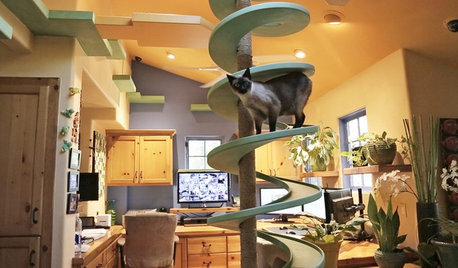
PETSWe Want to See the Most Creative Pet Spaces in the World
Houzz is seeking pet-friendly designs from around the globe. Get out your camera and post your photos now!
Full Story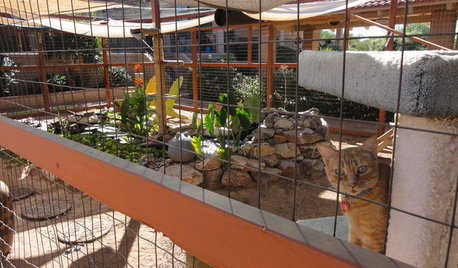
PETSSee a Deluxe 'Catio' Built for Feline Fun
Sixteen lucky cats get the run of a protected outdoor patio with ramps, steps and even a koi pond
Full Story
STORAGESee a Hollywood Actor's Ship-Inspired Storage That's Boatloads of Cool
All hands on deck to check out this spacious storage and sleeping room featuring a steel gangplank, a pulley system and nautical rope
Full StoryMore Discussions










indianagardengirl